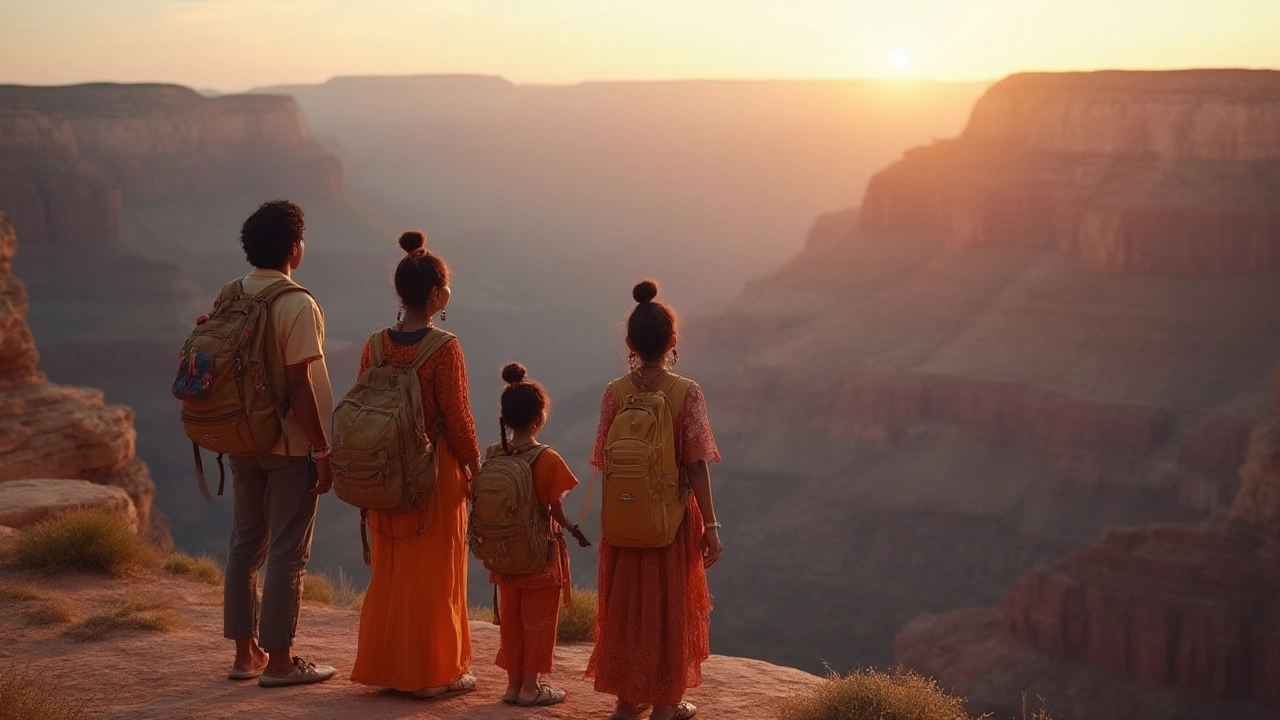Dramatic US Landscapes
When you think of dramatic US landscapes, vast, untouched natural areas shaped by time, fire, water, and ice. Also known as wild American terrain, these places aren’t just scenic—they’re geologic miracles that draw millions every year. Think of the Grand Canyon, a 277-mile-long slash in the Earth carved by the Colorado River over millions of years. It’s not just deep—it’s layered with color, history, and silence that feels older than language. Then there’s Yosemite, a granite cathedral in California where waterfalls drop from cliffs taller than the Empire State Building. These aren’t parks you visit. They’re places you feel in your bones.
What makes these landscapes so powerful isn’t just their size. It’s how they change you. In Yellowstone, the world’s first national park, where geysers erupt like clockwork and bison roam freely across volcanic plains, you’re standing on a supervolcano. The ground beneath your feet is alive. In the Arches National Park, a desert filled with over 2,000 natural stone arches, each carved by wind and rain over centuries, you see how patience shapes beauty. These places don’t care if you’re there. They’ve been here long before you, and they’ll be here long after.
People travel to India for its jungles, temples, and mountains. But if you’ve ever wondered what raw, untamed nature looks like on the other side of the world, the dramatic US landscapes answer that question without saying a word. You won’t find guided temple tours here. No dhobis washing clothes by the river. Just silence, wind, and earth that refuses to be tamed. The posts below show how these places compare to India’s wild spots—not to rank them, but to help you see how different landscapes shape different kinds of adventure. Whether you’re planning a trip to the American West or just daydreaming about scale, these stories will ground you in the real, the wild, and the unforgettable.
